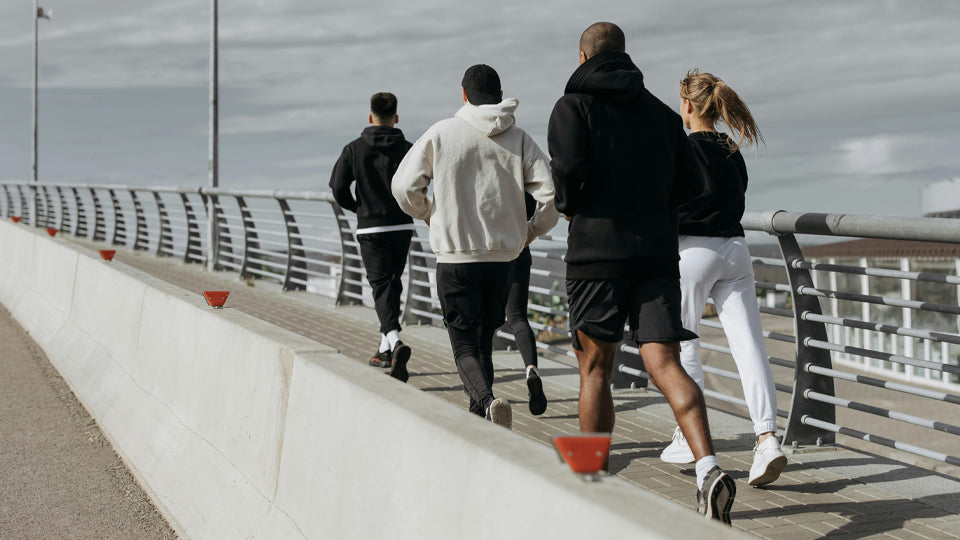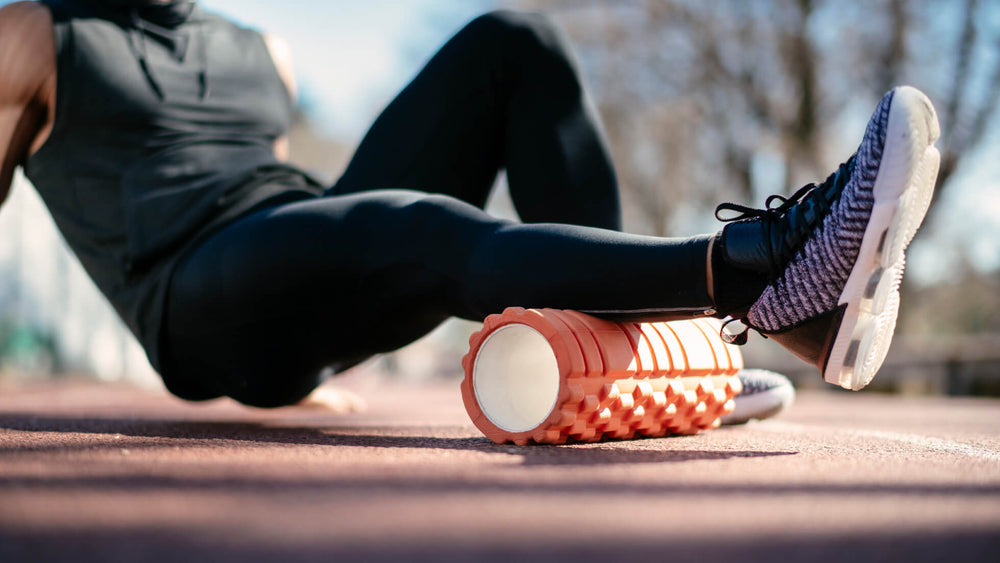How Much is Too Much? The Impact of Alcohol on Exercise

While many athletes enjoy a post-ride parking lot beer with friends or celebratoryglass of wine (or three…) after a big race, theeffects of alcohol can significantly impactexercise performance and recovery. When deciding whetherdrinking alcohol is worth it or not, it’s important to have a thorough understanding of the science of alcohol’s impact on the body and the adverse effect it can have onathletic performance.
Pre-Exercise
Even though alcohol is technically a source ofcarbohydrates, it’s not a great idea to use it as a pre-workout source of fuel due to the fact that alcohol is also adiuretic, hindering yourhydration. Studies show thatalcohol consumption the night before exercise can reduce time to exhaustion by as much as 11%. Prolongedalcohol use can also lead toweight gain due to the extra calories, and diminishmuscle growth which can furtherimpair yourfitness goals.
During Exercise
One of the primary ways alcoholimpairs exercise is through its effects on the central nervous system. Alcohol is a depressant that slows down neural activity, reducingreaction time, coordination, and decision-making abilities. This can impact balance, motor skills includinghand-eye coordination,exercise performance, and hinder activities that require quick reflexes and fast decision-making like mountain biking. Not only will your workout be potentially dangerous, it will almost certainly be less than optimal too.
Another concern to take into consideration is the impact of alcohol on the cardiovascular system. Alcohol canimpair the heart’s ability to pump blood efficiently, reducing oxygen delivery to working muscles. This leads to the onset of fatigue and a decrease in endurance. It can also raise the heart rate andblood pressure, putting more stress on your cardiovascular system, which is already working hard during exercise.
Recovery
Alcohol disrupts the body’s ability to properly synthesize and repair muscle tissue. It interferes with the mTOR signaling pathway, which is essential for building and maintaining muscle mass. It also increases protein breakdown, essentially working against the muscle-building process. Over time, this can lead to decreased strength, power output, and ability to handle a demanding training or racing schedule.
On top of all this, alcohol is adiuretic, meaning it increases urine output, leading to additional fluid loss. This can causeelectrolyte imbalance andimpair thermoregulation. This results in increased perceived exertion, reduced time to exhaustion, and, worst of all, a greater risk of heat-related illnesses such as heat exhaustion or heat stroke.
Finding Balance
Ultimately, drinking is as much a social and cultural choice as it is physical for many people — endurance athletes included! The key is to monitor youralcohol intake, and offset theeffects of alcohol as much as possible when you do choose to drink. That means neverbinge drinking or partaking inheavy drinking, not skipping meals, drinking plenty of water withelectrolytes, and getting enough sleep.
Should you want to forgo booze entirely, there’s never been a better time to enjoy non-alcoholic (NA) drinks. In recent years, there’s been an explosion in high-quality NA beer, wine, and mocktails. Some even include ingredients like adaptogens and nootropics that can help you recover from a workout and mentally unwind.At the end of the day, each drink has an impact on exercise and performance, so it’s important to strike a mix that aligns with yourfitness goals and doesn’t negate your hard-earned gains.
Take the next step in your training regimen: Try any BRL Sports supplement risk-free! If our natural nutritional products aren’t the best you’ve ever used, simply return your purchase for a 100% refund — no questions asked!
Also in Fitness

The Qualification Process for the 2025 Boston Marathon
If you’re trying to qualify for the 2025 Boston Marathon or thinking about racing it one day, pay attention to these key steps and you’ll be toeing thestart line on April 21, 2025 or later!

Get the Most Bang for Your Buck With Sweet Spot Training



